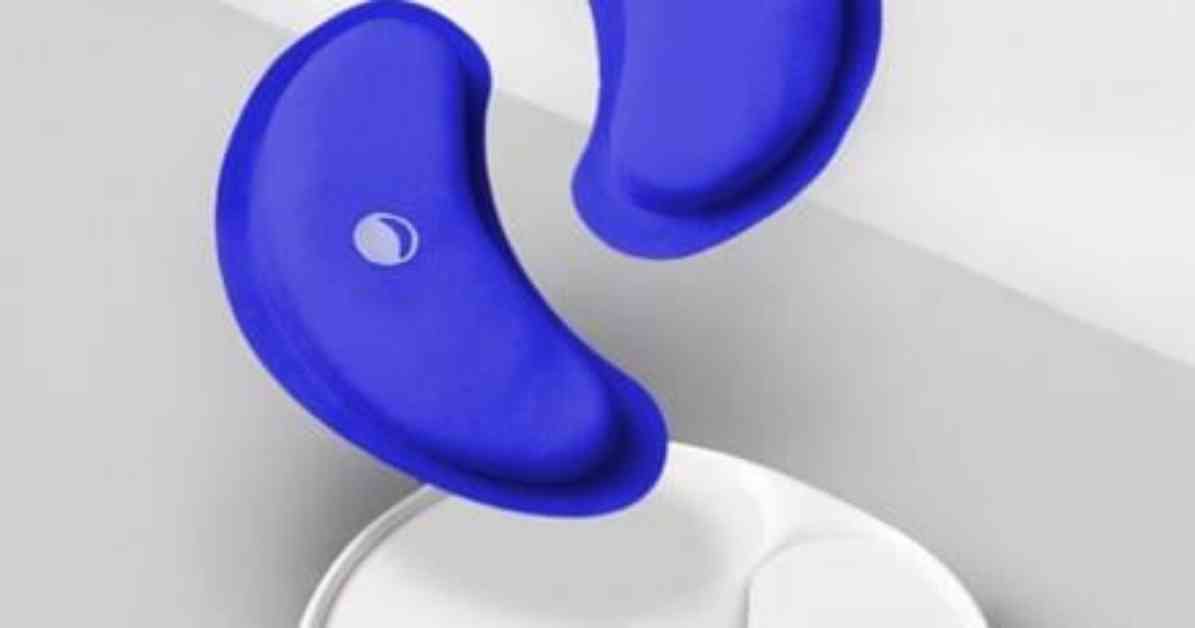Wesper, a leading provider of home-based sleep diagnostics, has recently released groundbreaking findings from a case study on Hypoglossal Nerve Stimulation (HGNS) for Obstructive Sleep Apnea (OSA). The study showcases Wesper’s advanced sleep management platform, which has the potential to reduce HGNS titration time by up to 45%, ultimately leading to more effective patient care.
Overcoming Challenges in HGNS Titration
HGNS has emerged as a revolutionary treatment option for OSA patients who struggle with Continuous Positive Airway Pressure (CPAP) therapy. However, the traditional titration process, which involves adjusting stimulation levels to optimize outcomes, is often time-consuming, costly, and prone to errors, impacting patient health negatively.
Dr. Ruchir P. Patel, M.D., FACP, a prominent figure at The Insomnia and Sleep Institute of Arizona in Scottsdale, has been instrumental in developing a titration protocol that leverages Wesper’s advanced cloud-based sleep-tracking capabilities. Typically, post-activation care involves gradually adjusting the HGNS amplitude over a period of 3 to 6 months to achieve subjective and objective improvements.
Wesper’s platform was integrated to monitor the patients’ OSA status following each amplitude adjustment of the HGNS device. This enabled healthcare providers to swiftly assess the objective response to the amplitude adjustments and track improvements accurately. The rapid and reliable feedback facilitated an early intervention approach, allowing for crucial advanced programming decisions in cases where the expected response was lacking. The utilization of Wesper’s data-rich platform also enabled the early identification of treatment-emergent central sleep apnea, leading to improved efficacy and long-term treatment outcomes.
Novel Approach for Titration
Wesper’s innovative approach to titrating patients addresses key challenges in the process:
• Reliable Analysis: High-resolution sleep data ensures precise analysis, reducing variability in titration.
• Reduced Titration Time: With Wesper, the average titration period is significantly reduced from over 100 days to just 55 days, resulting in cost savings and improved patient adherence.
• Improved Safety: AI-powered sleep scoring enhances consistency and minimizes the risks of sub-optimal titration, ultimately enhancing patient safety.
• Central Apnea Detection: Wesper enables physicians to conduct a reliable analysis of sleep apnea, distinguishing between positional, obstructive, and central sleep apnea. Additionally, the platform offers leg movement analysis, providing a comprehensive view of the patient’s sleep disorder.
According to Dr. Ruchir P. Patel, “Wesper allows for remote monitoring of objective treatment response with advanced neuromodulation treatments for sleep apnea. This system empowers healthcare providers to make informed decisions to guide outcomes while the patient utilizes the device in the comfort of their own home.”
Key Results from the Study
The findings from the case study demonstrate the significant impact of Wesper’s innovative platform on patient outcomes:
• 45% Faster Titration: Wesper’s approach reduces the average titration time by nearly half.
• Enhanced AHI Improvement: Patients managed through Wesper show over a 10% greater improvement in Apnea-Hypopnea Index (AHI) scores compared to the standard method, indicating better sleep quality and overall health outcomes.
About Wesper
Wesper is a pioneer in high-resolution home sleep testing, revolutionizing sleep care with reliable diagnostics and effective treatment management. For more information on Wesper and their innovative solutions, visit www.wesper.co.
In conclusion, Wesper’s novel Hypoglossal Nerve Stimulation protocol represents a significant advancement in the treatment of Obstructive Sleep Apnea. By leveraging advanced technology and data-driven insights, Wesper is optimizing patient outcomes and revolutionizing the field of sleep medicine.













